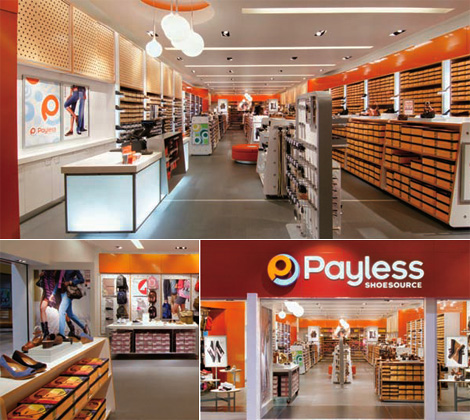There's a great post over on decor8 that has started a lively discussion on
blog branding. The comments started rolling in after decor8's author Holly brought up the issue of how she prefers to swap out banners every season. I'd love to continue the discussion here, talking more about color and how it can impact a brand look.

Summer

Spring

Winter
Some concerned readers had written Holly, worrying that changing her header would damage the decor8 brand image. This brings up some interesting ideas about what branding is all about, and how variety impacts that consistency.
From a color perspective, I think her brand is going strong. As I said in my comments on the post, there is still a consistency in the logo type treatment and stylized illustration style that all fall within the brand "look and feel". Even within the variety of banners, there are still underlying color aspects that remain consistent, such as the use of white. It's used liberally through all three banners. In technical terms, this is referred to as "leitmotif", which means any sort of recurring theme, whether in music, literature, or art. Or in this case-color. Think about a house interior, with white trim running throughout the house.
Sometimes, part of what makes a blog unique and memorable is that it's
not static.
I change out my banner every month, using a colorful background from old paintings that I feel reflect the season.

March -plants start sprouting new green shoots

April-the first flowers of spring are yellow

May-getting outdoors in the warmer weather
Blogs are the new frontier, and part of what makes them so appealing is that they are dynamic, ever-changing entities. A static banner might work for a website, or other traditional media, but for blogs, it's important to stay fresh.
So, readers, how do you feel about an ever-evolving color palette for a branded blog? If color carries its own message, and you're constantly changing out those colors, how does the perception of your message change? If the only thing that remains consistent is the form of the logo, the typeface, and the layout, then is color obsolete? I'd love to hear everyone's additional thoughts on this topic.
 David Stark, the event designer, needed to find a hook to amuse and entertain an eclectic mix of movers and shakers, including some rather high and mighty artist types. He created tall steel frames that undulated above the rows of dinner tables. 15,000 paint strips were strung together to form curtains which hung from the armature. The color scheme is based on the Tate Museum's signature colors, while the underlying theme pays homage to painting in general.
David Stark, the event designer, needed to find a hook to amuse and entertain an eclectic mix of movers and shakers, including some rather high and mighty artist types. He created tall steel frames that undulated above the rows of dinner tables. 15,000 paint strips were strung together to form curtains which hung from the armature. The color scheme is based on the Tate Museum's signature colors, while the underlying theme pays homage to painting in general.








































